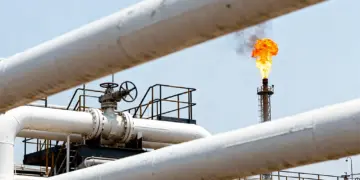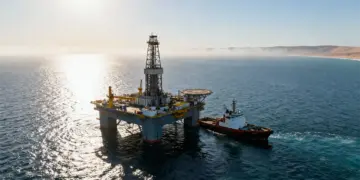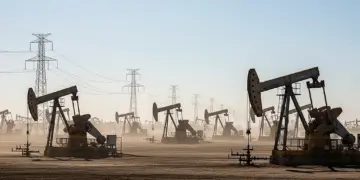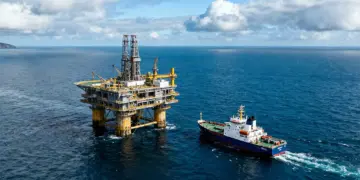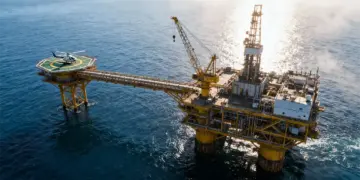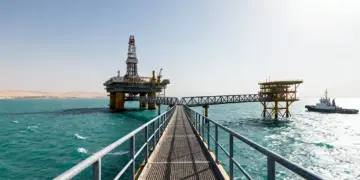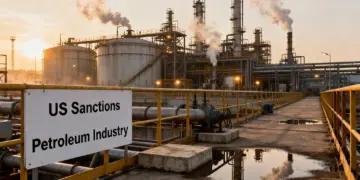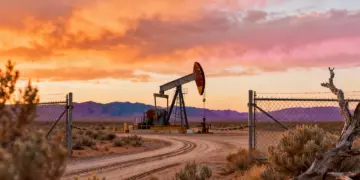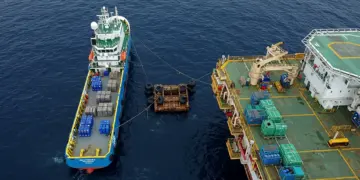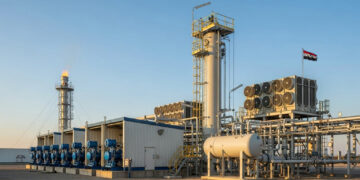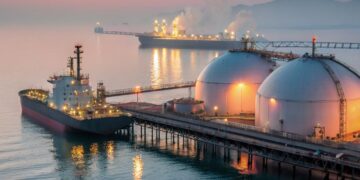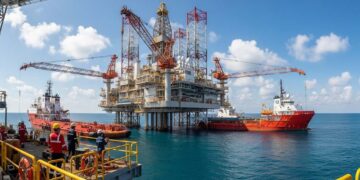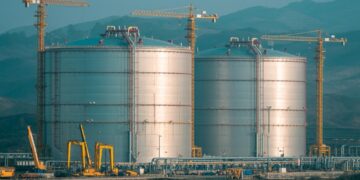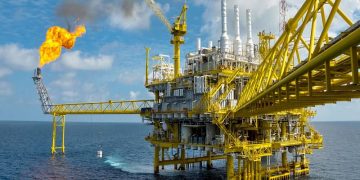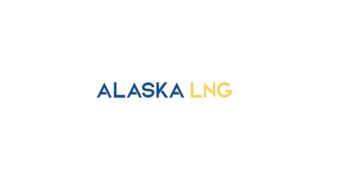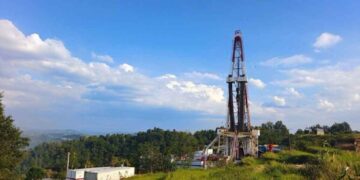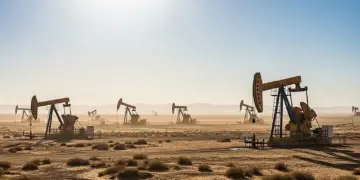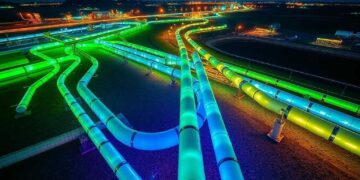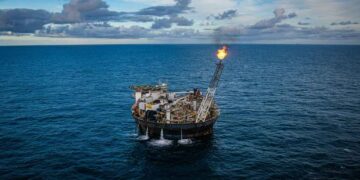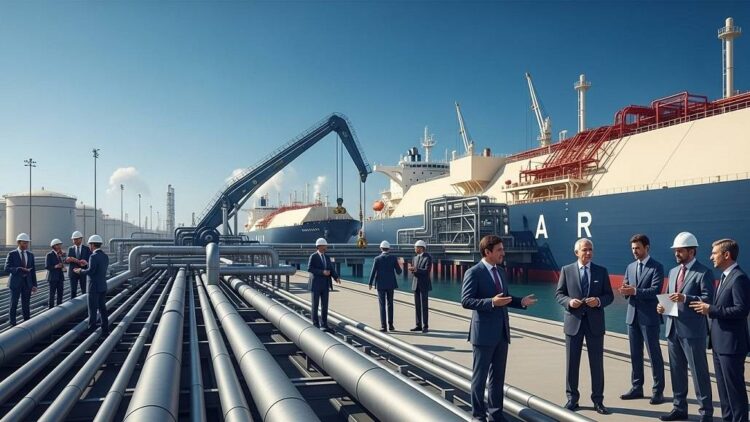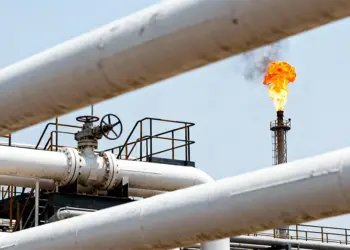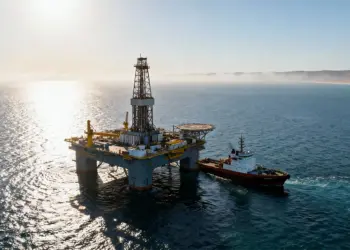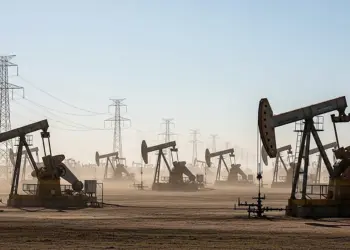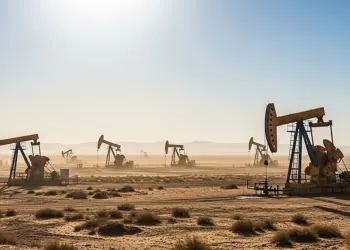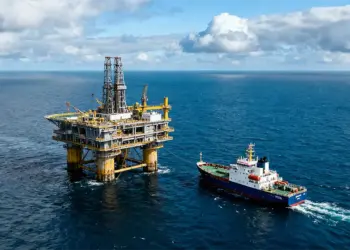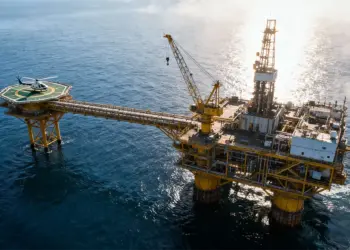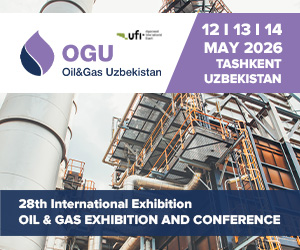Middle Eastern oil companies are rapidly expanding into the global LNG Market, with the help of their governments and billions of dollars. They want to almost treble their LNG capacity in the next ten years. Saudi Aramco, Abu Dhabi National Oil Co., and QatarEnergy are all putting a lot of money into LNG production and trade. They want to diversify their portfolios beyond crude oil because natural gas is becoming more popular as a transition fuel.
“LNG seems to be still the best bet across all different hydrocarbon commodities,” Ogan Kose, managing director at business consulting firm Accenture, told Bloomberg, adding that margins from LNG investing and trading are “almost unheard of in any other hydrocarbon commodity.”
Natural gas normally comes in second to oil in global energy markets, but LNG is seeing steady demand and faster growth since it is a bridging fuel in the shift to renewable energy. But a lot of LNG projects have been delayed and gone over budget, so they need more money to finish them. This gives Gulf countries with a lot of money a chance to show off their energy, financial, and political power in the area.
The Middle East also sees LNG as a great way to grow their commodity trading desks and catch up to Europe’s big energy trading companies, Shell Plc and BP Plc. Saudi Arabia, Qatar, Bahrain, Kuwait, and Oman all want to do more business in LNG trading. When commodity markets are very unstable, trading oil and gas has become a big source of income for oil and gas companies.
And the transactions are coming in quickly. Four days ago, Adnoc’s investment arm made $18.7 billion offer for Santos Ltd., an Australian fossil fuel producer. This was almost 30% more than Friday’s closing. The Middle East oil giant wants to grow its LNG portfolio. Santos wants to spend a lot of money to increase LNG production by 50% by the end of the decade.
This strategy has angered investors who want immediate, short-term profits, but it seems to have worked by bringing in a business like XRG that is looking for high-growth opportunities. XRG has been buying a lot of gas and chemicals because it wants to reach an enterprise value of $80 billion.
Last year, Qatar Energy began making LNG at the Golden Pass plant near Sabine Pass, Texas. QatarEnergy controls 70% of the Golden Pass LNG project in Sabine Pass, and ExxonMobil owns 30%. This more than doubled the amount of gas QatarEnergy could produce from its North gas field extension, going from 77 million metric tonnes per year to 160 million metric tonnes per year. Over the next 25 years, Golden Pass LNG can send up to 937 billion cubic feet of natural gas to nations that are part of the Free Trade Agreement and those who are not. In April, the Federal Energy Regulatory Commission gave the JV permission to start the project.
Aramco got into the LNG business two years ago when it paid $500 million for a small interest in Australia’s MidOcean Energy. Last year, Aramco bought 49% of MidOcean and committed to help the company buy 15% of Peru LNG from Hunt Oil Company. MidOcean Energy is working on a growth strategy to build a worldwide LNG firm with a variety of interests. The company is currently buying stakes in four Australian LNG projects.
Bloomberg says that Kuwait Petroleum is also in talks with Australia’s Woodside Energy Group to buy a stake in its planned LNG plant in Louisiana, U.S. In April, Woodside, Australia’s biggest gas producer, agreed to sell Stonepeak a 40% ownership in the Louisiana LNG project, which can generate 27.6 million metric tonnes of LNG per year. The deal was worth $5.7 billion. In 2024, Woodside bought Tellurian, which is based in the U.S., for $1.2 billion. The company wanted to expand the Louisiana LNG project to fulfil the increased demand for gas. The first part of the huge project is projected to cost about $16 billion.
That being said, the LNG mania isn’t just happening in the Middle East. Petroliam Nasional Bhd., Malaysia’s state-owned oil and gas corporation, and other companies in Southeast Asia all want to increase LNG production outside of their countries. Experts agree that the rapid growth of global LNG markets is a good thing. More providers will certainly help LNG consumers, increase competition, and give them more options.


